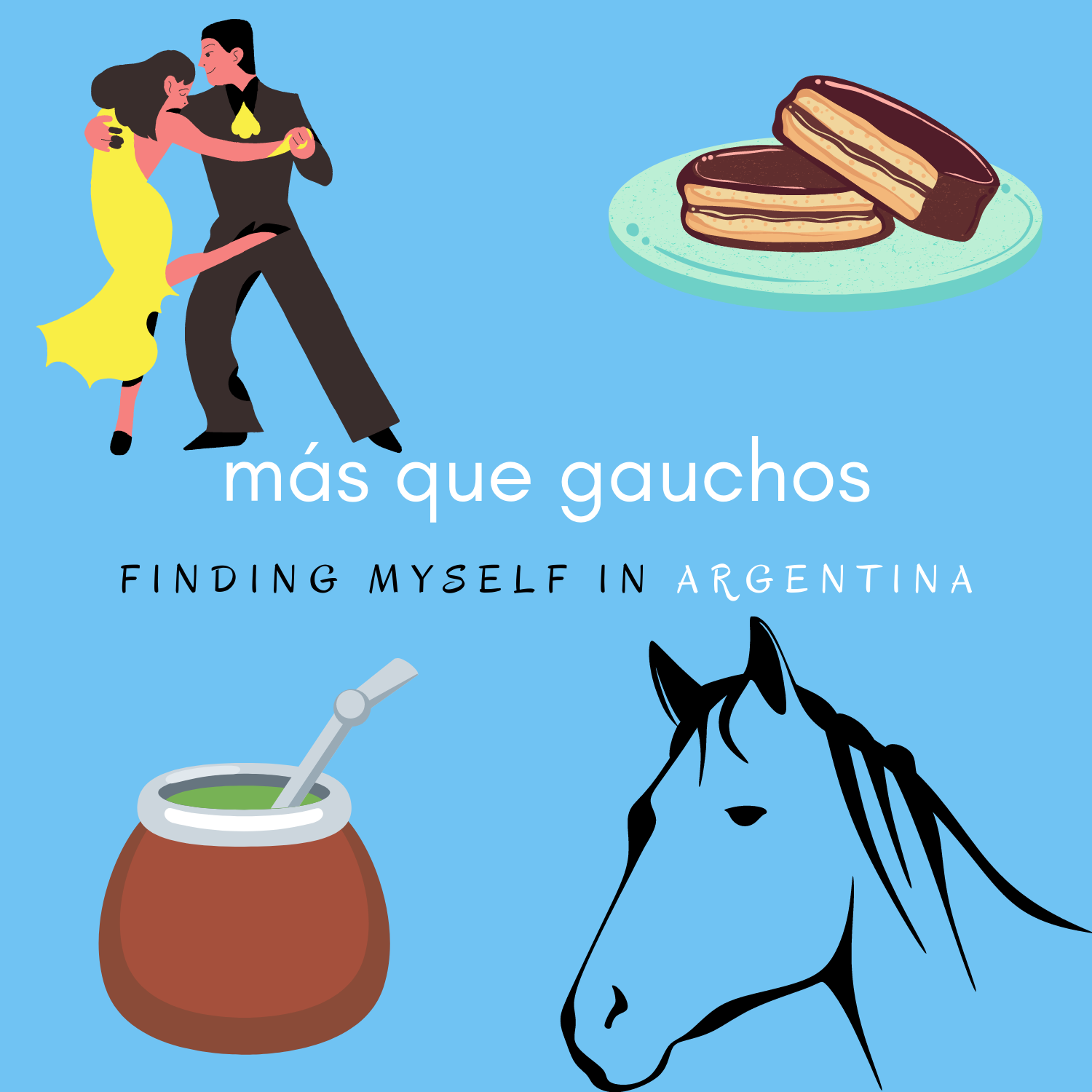
Essential Spanish Grammar to get talking
Intro to Spanish grammar and the present tense.

One of the faster ways to learn a language is to learn just enough grammar to get started talking. And then talk, talk, talk. This is probably especially true for most of this blog’s audience. You’re either going to be tourists or immigrants. So you’re going to be immersed in the language for some amount of time. Without that you probably would need more academic help. I’ll try to give you some basic Spanish grammar to get started. This is based off a method I’ve seen some language immersion schools use, which agrees with some research I’ve read. So let’s get started.
So let’s introduce how we’re going to talk about verbs. First, pronouns.
Yo: I nosotros: we
tú, vos: you vosotros: you all
ellos, ellas, ustedes: they, y’all in LATAM
él, ella, usted: he, she, you formal
I’m including both tú and vos pronouns as a number of people following this blog will want Argentinian Spanish grammar and tips. Most reading this won’t need vosotros, but I’ll add them anyway in case I have some readers looking to move to Spain.
Next we’ll talk about the basic verb forms. All Spanish verbs in their infinitive or root form end in AR, ER, or IR. Rules apply generally consistently across those three endings. ER and IR endings often merge, but not always. We’ll use the verbs hablar (to speak), comer (to eat), and vivir (to live) as example verbs. The bolded part of the verbs is the ending and the rest is the stem.
Next, we’re going to go over the regular present, preterite, imperfect, and a shortcut for the future tense. Another blog will get you the commands and common irregulars, and then we’ll do common vocabulary needed for tourism.
The presente tense (you do not need to say pronouns in Spanish and you often don’t):
(yo) hablo como vivo
(tú) hablas comes vives
(vos) hablás comés vivís
(usted) habla come vive
(nosotros) hablamos comemos vivimos
(vosotros) habláis coméis vivís
(ustedes) hablan comen viven

The preterite. ER/IR verbs work the same.
This is essentially the simple past tense. (yo) hablé comí viví
(tú/vos) hablaste comiste viviste
(usted) habló comió vivió
(nosotros) hablamos comimos vivimos
(vosotros) hablasteis comisteis vivisteis
(ustedes) hablaron comieron vivieron
The imperfect (another past tense).
English doesn’t really have an equivalent of this tense. It speaks about past routines, things you used to do, and past fairly-constant characteristics. Like the size of your past house, for example. How you would describe your mom when you were growing up. Your past school routine, what things you used to do habitually. Etc. While mixing up the preterite and imperfect still enables you to be understood, it’s one of the more common tenses. tú/vos and ER/IR mergers here, too.
(yo) hablaba comía vivía
(tú/vos) hablabas comías vivías
(usted) hablaba comía vivía
(nosotros) hablábamos comíamos vivíamos
(vosotros) hablabais comíais vivíais
(ustedes) hablaban comían vivían


The future tense shortcut.
While there is a proper future tense (and it’s honestly pretty easy with very few irregulars), there is an easier way. All you need is the present tense of ir, the verb meaning to go. So this is part lesson on a common irregular and part future tense. This is like English’s “future tense” of I’m going to…
(yo) voy a hablar/comer/vivir/…
(tú/vos) vas a hablar/comer/vivir/
(usted) va a hablar/comer/vivir/
(nosotros) vamos a hablar/comer/vivir/
(vosotros) vais a hablar/comer/vivir/
(ustedes) van a hablar/comer/vivir/
let’s wrap up
We covered some basic Spanish grammar today. Here are some useful patterns to help remember it.
You’ll notice that while Spanish has more verb forms than English, they fall into pretty regular patterns. Aside from the patterns noticable above, there are some that apply to all tenses.
Keep in mind that any verb ending that has a “mos” at the end of it is talking about nosotros. Any other verb form ending in s (or has one near the end) has to do with the you singular form (vos or tú). Unless you’re in Spain, in which it can be you singular (tú) or you plural (vosotros). Any verb ending in “n” is referring to “ustedes.” While yo and usted forms can merge, it should be obvious whether the person is talking about themselves or someone else from context.
You might also be wondering how do I know if someone is talking about the present or past with some verb forms? Context. For example: Ayer hablamos sobre verbos. Yesterday we talked about verbs. And also, habló (usted, preterite) doesn’t sound the same as hablo (yo, present). Proper stress is important in Spanish. But it might take a bit to develop your ear for that. In addition, if you can’t quite hear it yet, context should make it clear. Carlos habló anoche. Carlos spoke last night.
To truly get started talking you’ll need some vocabulary to go with these verb forms. But learning these verb forms should be a good first step. We’ll talk about vocabulary, commands, and common irregulars next. I’m not sure which order those will come in, but stay tuned!

0 Comments